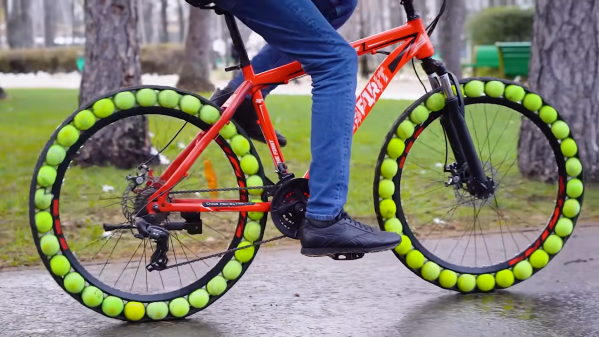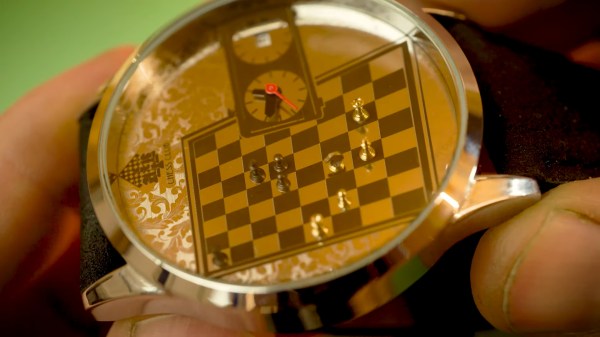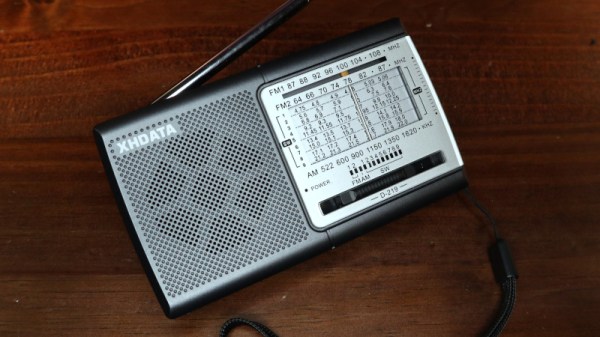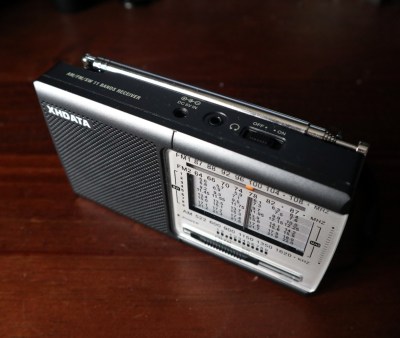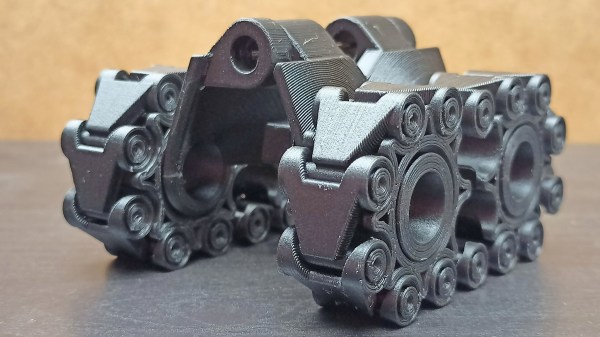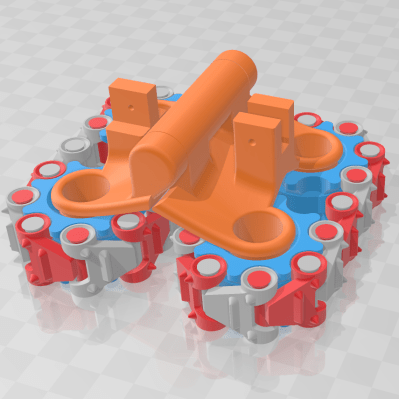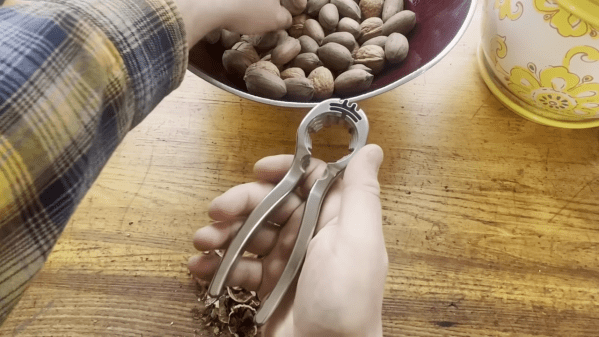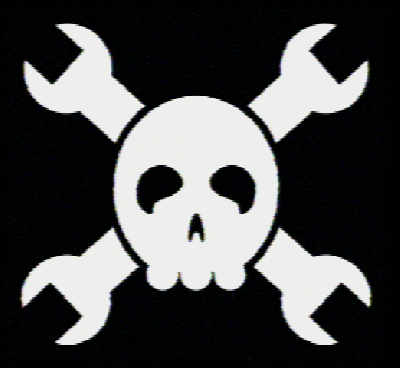Pneumatic tires provide a great ride, great grip, and yet have one fatal flaw — they’re always getting punctured and leaving you stranded. [The Q] decided to solve this problem with a unique design: tires that use tennis balls as the cushioning medium instead.
The build begins with small cut sections of plastic water pipe. These are used as housings to hold tennis balls, which are pressed in with a unique tool of [The Q]’s own construction. The individual ball assemblies are then bolted into a standard bicycle wheel, and a tread from a regular bike tire is stretched around the outside for grip.
It goes without saying that these tires won’t offer the same quality of ride as regular pneumatic bike tires. Nor will the performance be as good, due to the significant extra unsprung weight. They are eye-catching and fun, however. Plus, if you live in an area with tons of nails or prickles, you might find these are just the ticket. Maybe.
We’ve seen some other great bike hacks before, too.
Continue reading “Tennis Balls Serve As Decent Bicycle Tires That Don’t Easily Puncture”

